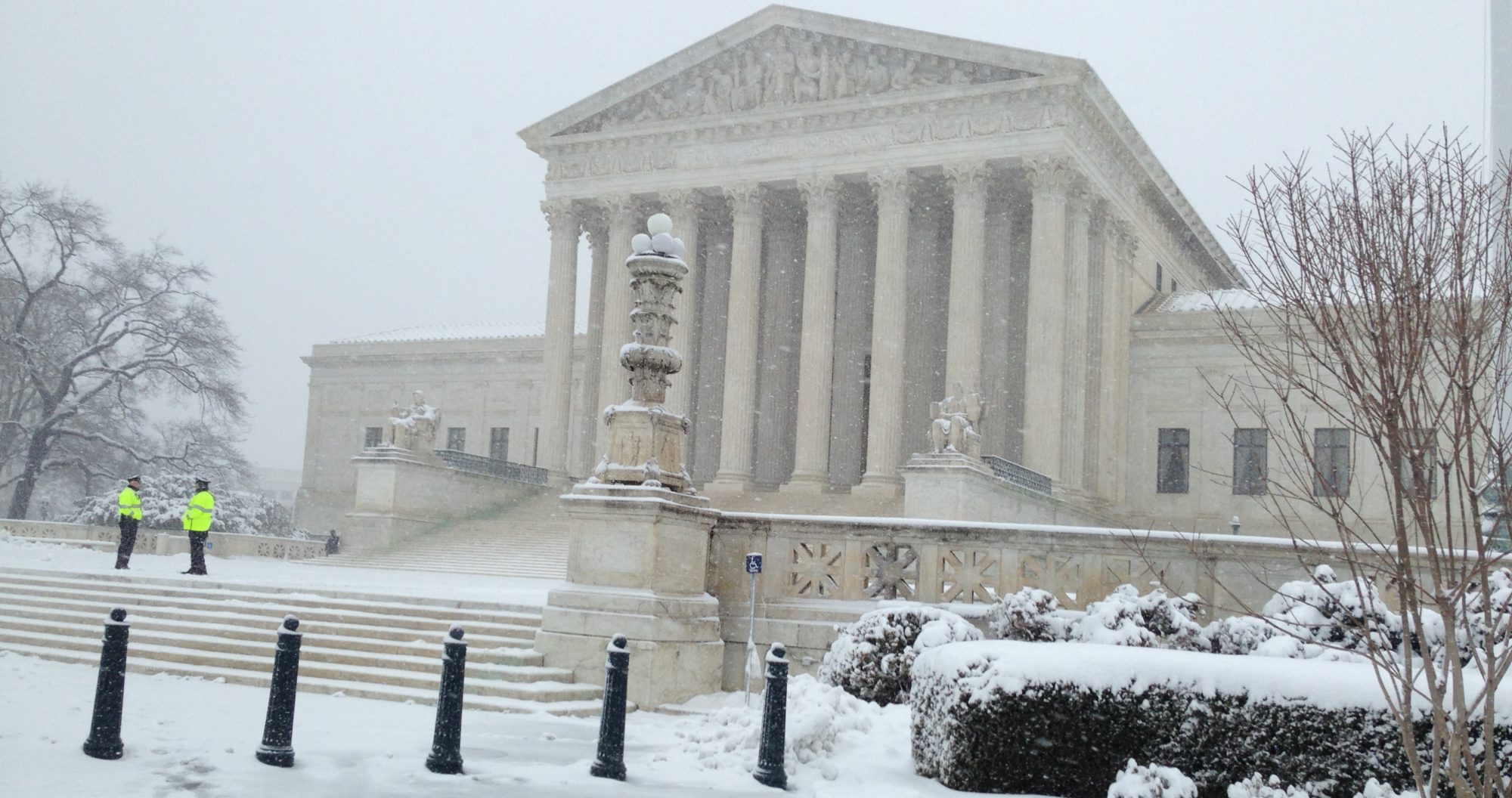I can remember very clearly the day I explicitly used the scientific method to make a decision, and the stakes were very high.
I was a seventh grader at Davis Middle School in Columbus, OH. Mr. Verachuck was my faithful and patient science teacher who, like Mr. Jarzab the year before, guided us through the scientific method as we completed a number of experiment-based lab assignments.
Mr. Verachuck had a long room in the middle of the seventh grade wing. The tables were set up in rows, and I can remember inquiry being at the center of every lecture, every lesson and every learning opportunity every single day. The scientific method was the foundational concept we would apply to the questions and mysteries we encountered in class.
A project that I still think about nearly 25 years later is the egg box project. The set up was simple: Using a shoebox and any other materials you like, design a vehicle that, when dropped from thirty feet in the air, will protect three large eggs. The execution, however, wasn’t that simple. We worked in teams of two, and my partner and I tried several different approaches before we landed on a simple design using insulation foam. In all of our test cases, the design held up. On the day of the drop, however, only two of our three eggs survived.
There is a great deal of heat in the launch of a new concept. Though our trial runs of dropping our egg box from the top of the locker bays and the second floor window of my house were successful, the ultimate drop from the Genie lift 30 feet in the air in the domed gym at Davis Middle School was nearly a complete failure. To this day I still wonder how we could have improved the box to keep all three eggs safe. Obviously, I have never let this episode go. It feels incomplete. And, I have certainly used this experience to make better decisions when working with fragile materials (or transporting eggs from the grocery store).
Learning can do that. It can help you leverage failure in such a way that makes a positive, lasting impact. While two of the eggs didn’t survive, I had just worked on an extensive project that allowed me to develop and test a series of hypotheses through data collection, revision and trial and error. And that still resonates with me today.
Fast forward a few more months. I am still in seventh grade. Mr. Verachuck is still my teacher. After a long day at school I checked in with my dad via telephone once my younger brothers and I were safely off the bus and in the house. At the conclusion of the conversation he said, “Hey, listen I have two tickets to tonight’s Michigan/Ohio State basketball game. I can only take one of you, so try to sort that out before I get home.”
Could this be true? My dad had two tickets to the biggest basketball game of the year and one of us was going with him. I knew immediately my youngest brother would not be interested, so I asked him first.
“Nah.” He said simply while playing a video game.
Joe, my middle brother, on the other hand, would be a little more difficult to persuade. I really wanted to go to this game.
“Hey, Joe.” I began. Joe was shooting hoops in the driveway. Though he was younger than me, he was far superior in all matters of athletics. I can count on one hand the number of times I have ever beat him in a one-on-one a game.
“Dad has a couple of tickets to tonight’s OSU game. He asked me to work it out on who would go with him.”
I let the statement rest in the air for a moment. He was nonchalant, but I could tell he was interested.
“Cool.” Is all he said.
Waiting for just a brief moment I said, “Flip you for it.”
“Sure.” He said.
A coin was used to make several decisions in my childhood. It was a fair and impartial way to decide who would sit in the front seat on long trips, who would get the last can of Pepsi in the fridge, or who would clear the table after dinner. No greater decision was made in a given day than “heads or tails?”
As the words “Flip you for it?” left my mouth I was reminded that I had been on quite the cold streak lately with flipped decisions. I decided that such an important choice between heads and tails needed to be studied further.
I scrounged around my room to find a quarter, a dime and a nickel and ran 100 test flips to see how often heads and tails appeared with each coin. In my test, both the quarter and the nickel were almost right at 50/50. It was uncanny given my recent string of bad luck. One would think with these results I would have had a more even record. The dime, however, had a slight edge to tails.
Later that evening when dad got home he asked who was going to the game. I shared with him that Joe and I were interested in going and we agreed to flip for the chance to go with him.
“Let’s find a coin.” He said.
“Here’s one.” I said, providing the dime from my test.
“I’ll call it.” I said.
Dad flipped it up int he air.
“Tails!” I called out with what sounded like great confidence.
The reveal from the flip showed tails.
I have few memories from the game. I remember watching Chris Weber from Michigan land a 360 dunk early in the first half that sucked the air out of the arena, and I am pretty sure Ohio State lost the game. However, I clearly remember the process I used to change my fortunes, to finally win a flip decision.
